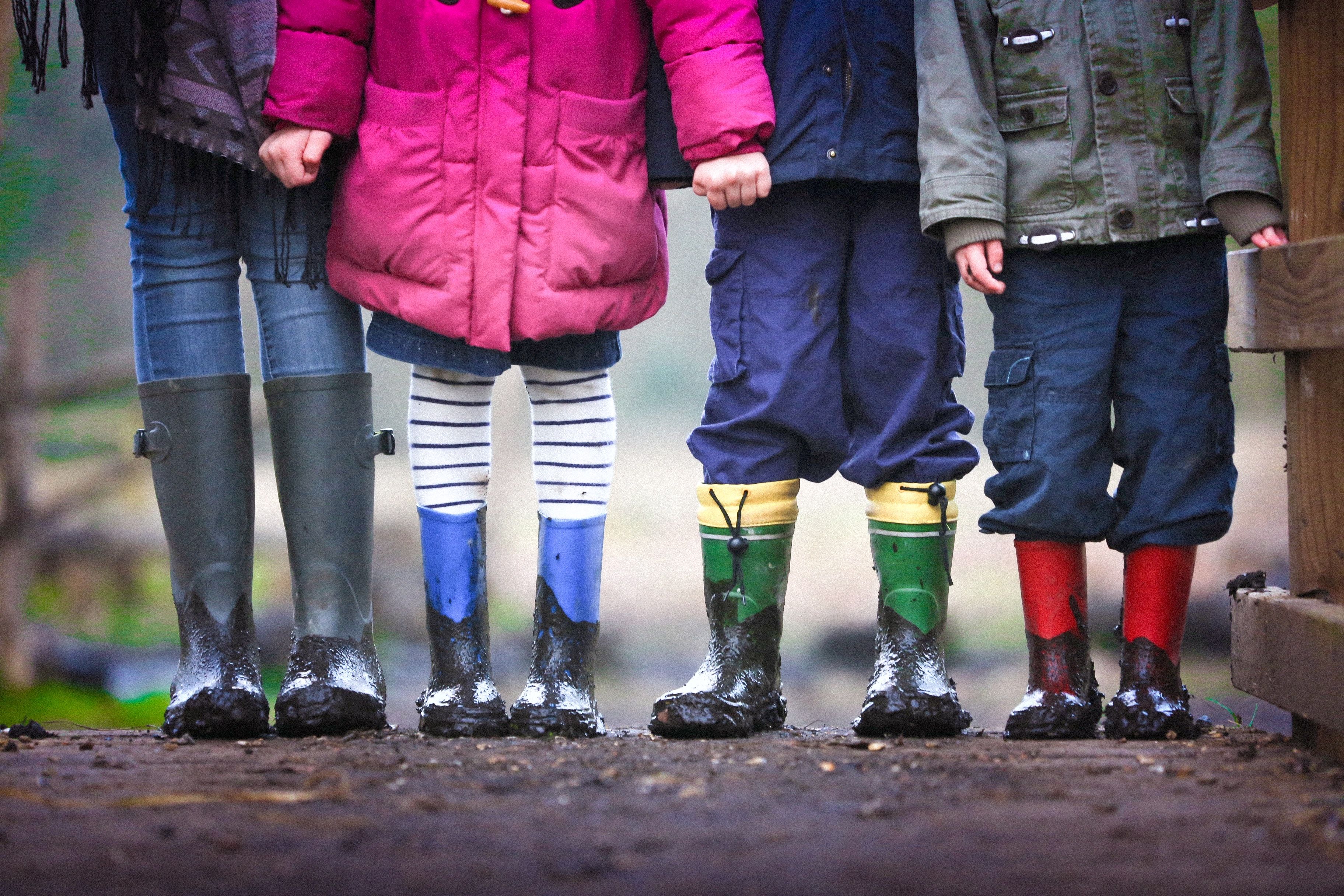
Publication
Does cutting child benefits reduce fertility in larger families? Evidence from the UK's two-child limit
Published April 6, 2022
The two-child limit restricts child-related social security support to the first two children in a household. It aimed to “to ensure that families in receipt of benefits faced the same financial choices about having children as those supporting themselves solely in work”. This research set out to explore how the policy (in operation since April 2017) has affected fertility of third and subsequent births. Using quantitative methods, we find the policy led to only a small decline in fertility among those households directly affected. This implies that the main impact of the policy has been to reduce incomes among larger families who are already living on a low income, and hence to increase child poverty.
For a summary of the key findings of this paper and its sister qualitative paper, see this briefing from CPAG.
For timely project updates, and nothing else
Your details are safe with us. We will never share them with anyone else, and it’s easy to opt-out at any time. Check out our privacy policy here.


